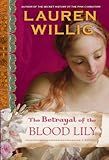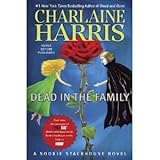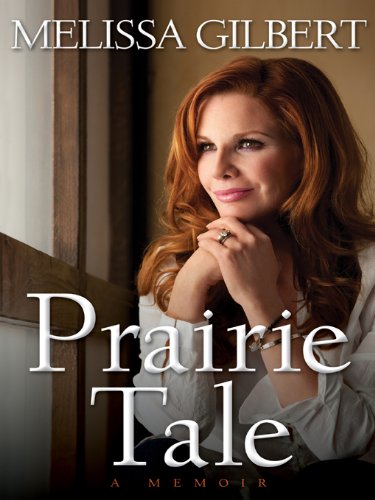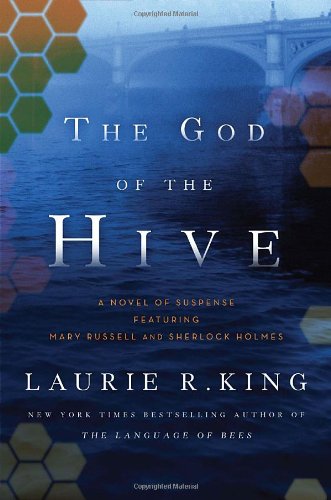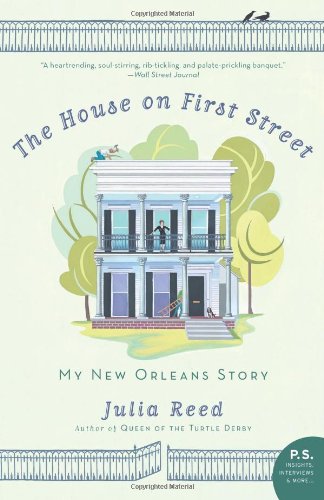
On Thursday, June 17th, Booking through Thursday asked:
Do you prefer reading current books? Or older ones? Or outright old ones? (As in, yes, there’s a difference between a book from 10 years ago and, say, Charles Dickens or Plato.)
I read a bit of everything, and go through cycles where I only want period pieces, only want contemporary novels, only want classic literature, etc.
I grew up reading the classics, in more ways than one. My grandfather’s eclectic collection of books, some in the shelves behind his recliner, and others on the shelves above the bed in the room where I slept most summers (the end room, with the psychedelic flower wallpaper) included two thick red hardcovers that either never had dust jackets, or for which the dust jackets had long since been replaced. I don’t remember the actual titles of those books, but I know at least one of them was published by the folks at the Readers’ Digest. They were both collections of fairy tales – and I don’t mean the Disney fare we’re accustomed to today. These stories included “Snow White,” but they also had “Snow White and Rose Red,” and stories about little goose girls, and a girl who had her hands hanging over her shoulder. Gruesome stuff. I don’t know what happened to those books, but really wish I had taken them when I had the chance.
From those, I moved on to real classics – I remember reading Jane Eyre during a violent summer storm, between bites of cold, creamy, coffee ice cream, while my grandparents watched the news. I read a lot of Alcott and Twain, Melville, Hawthorne, and Cervantes when I was young…but I had no problem switching between, say, Tom Sawyer and Harriet the Spy.
Today, my tastes remain just as diverse. Last summer, I started re-reading Jane Austen’s work, because I’d never really appreciated it before, but this summer I’m reading contemporary novels about people summering in (on?) Nantucket.
I don’t have a preference for any particular era, as long as the characters are well drawn, the story compelling, and my mind free enough from distraction to enjoy whatever I’m reading.


